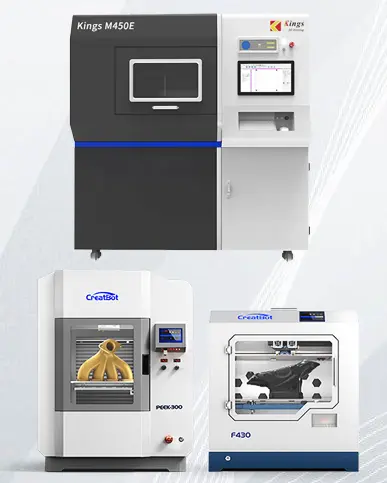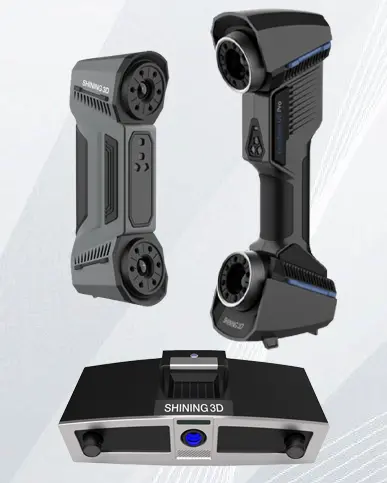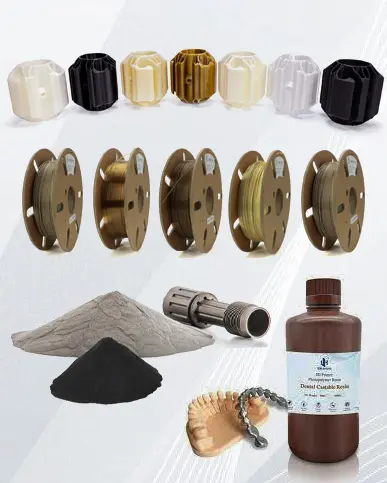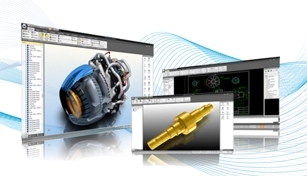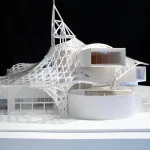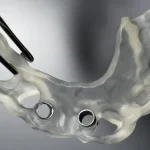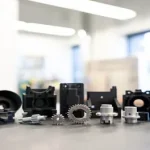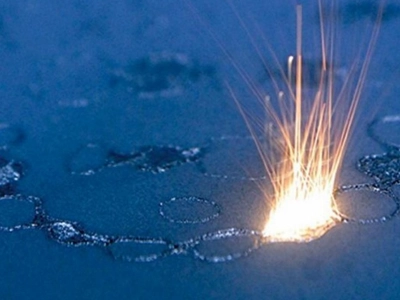3D Printing in Architecture Modeling: A Revolution in the Making
3D printing is revolutionizing the way...
3D Printing in Dentistry Malaysia
3D printing is revolutionizing the dentistry industry in Malaysia....
3D printing is revolutionizing the machinery industry, offering faster, more affordable, and more customized...
3D Printing in Education Malaysia: Transforming STEM Learning
3D printing is a rapidly evolving technology...
No posts found

